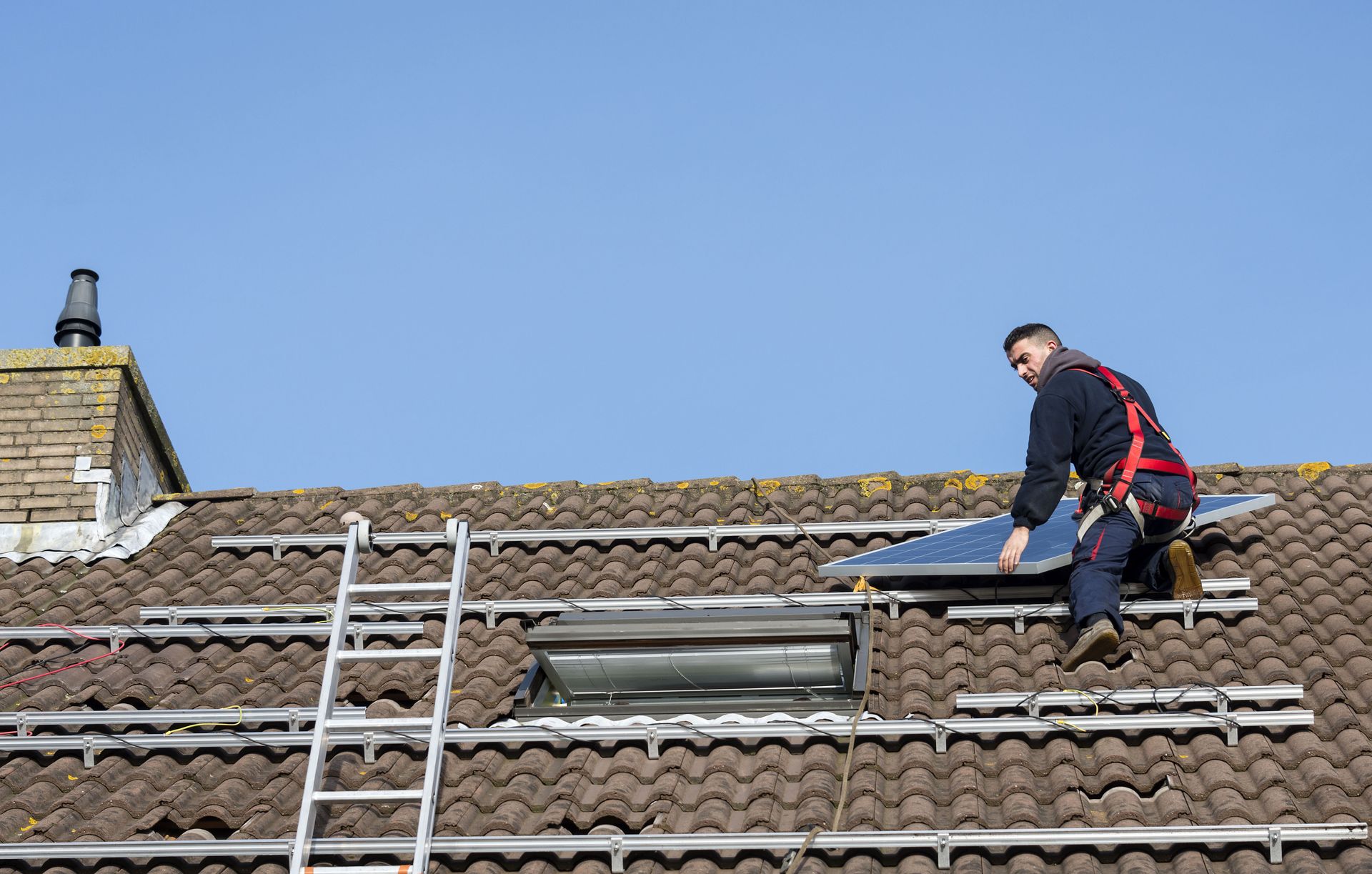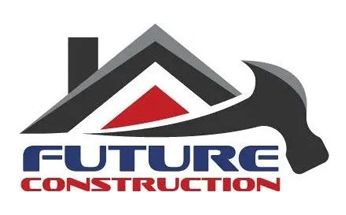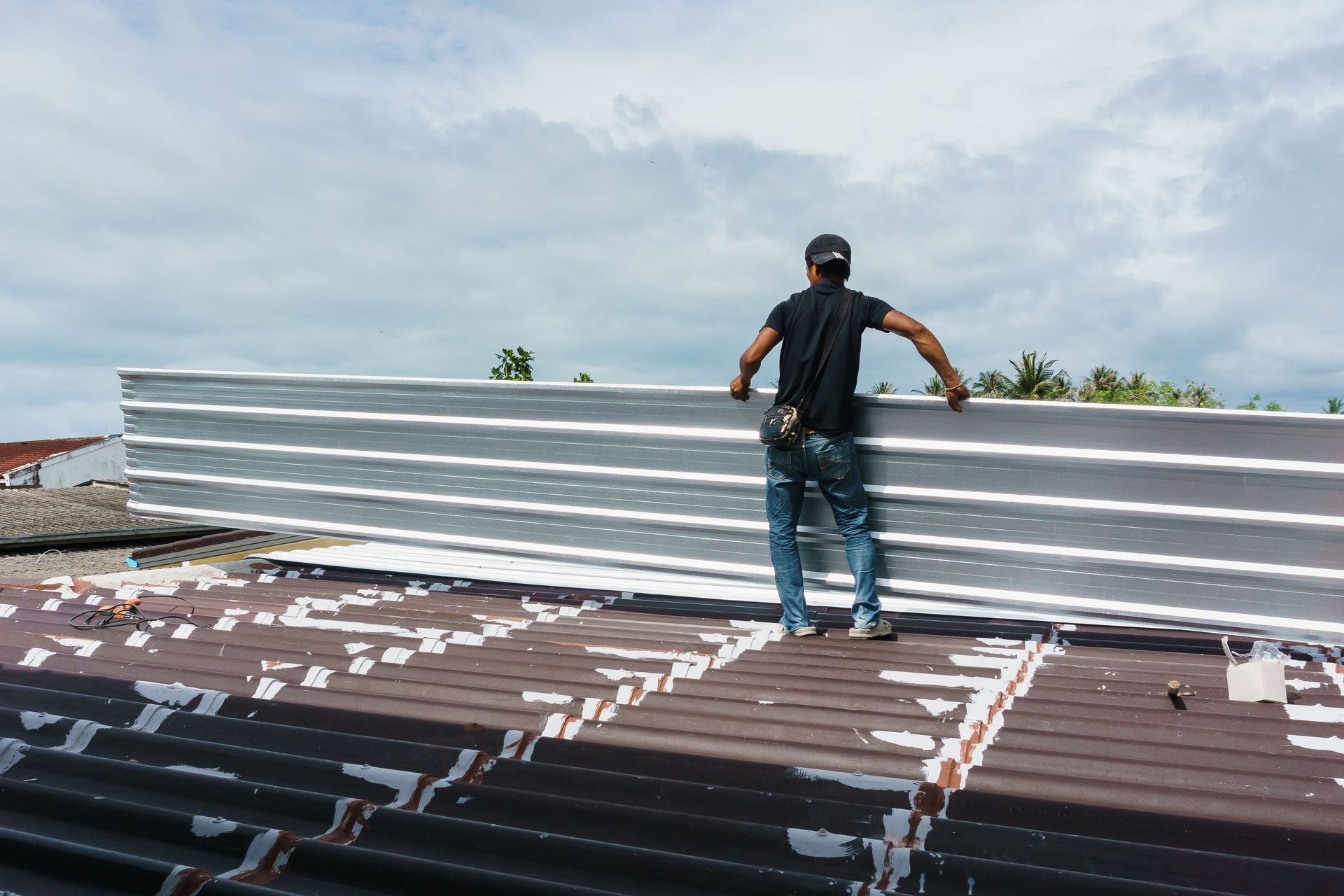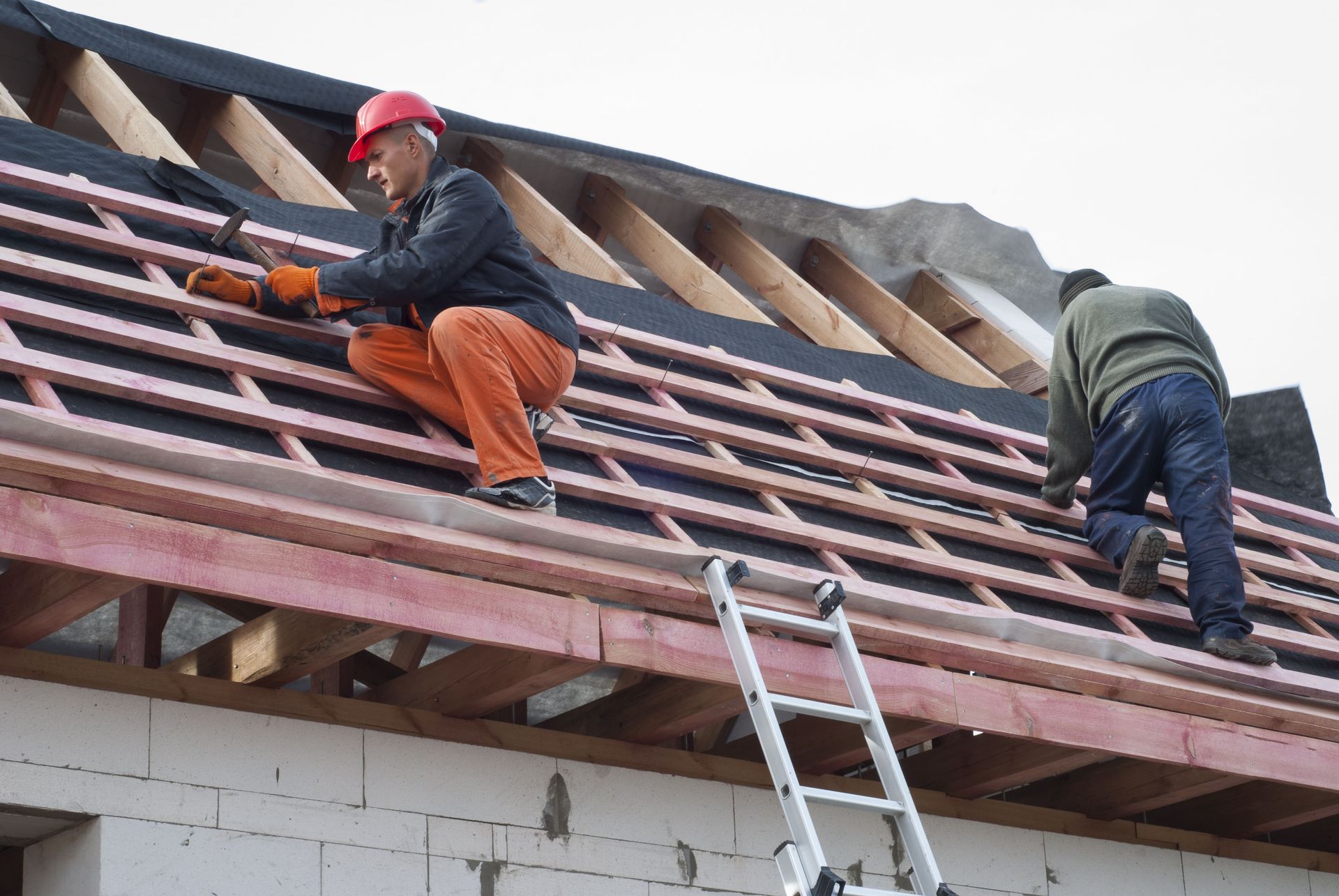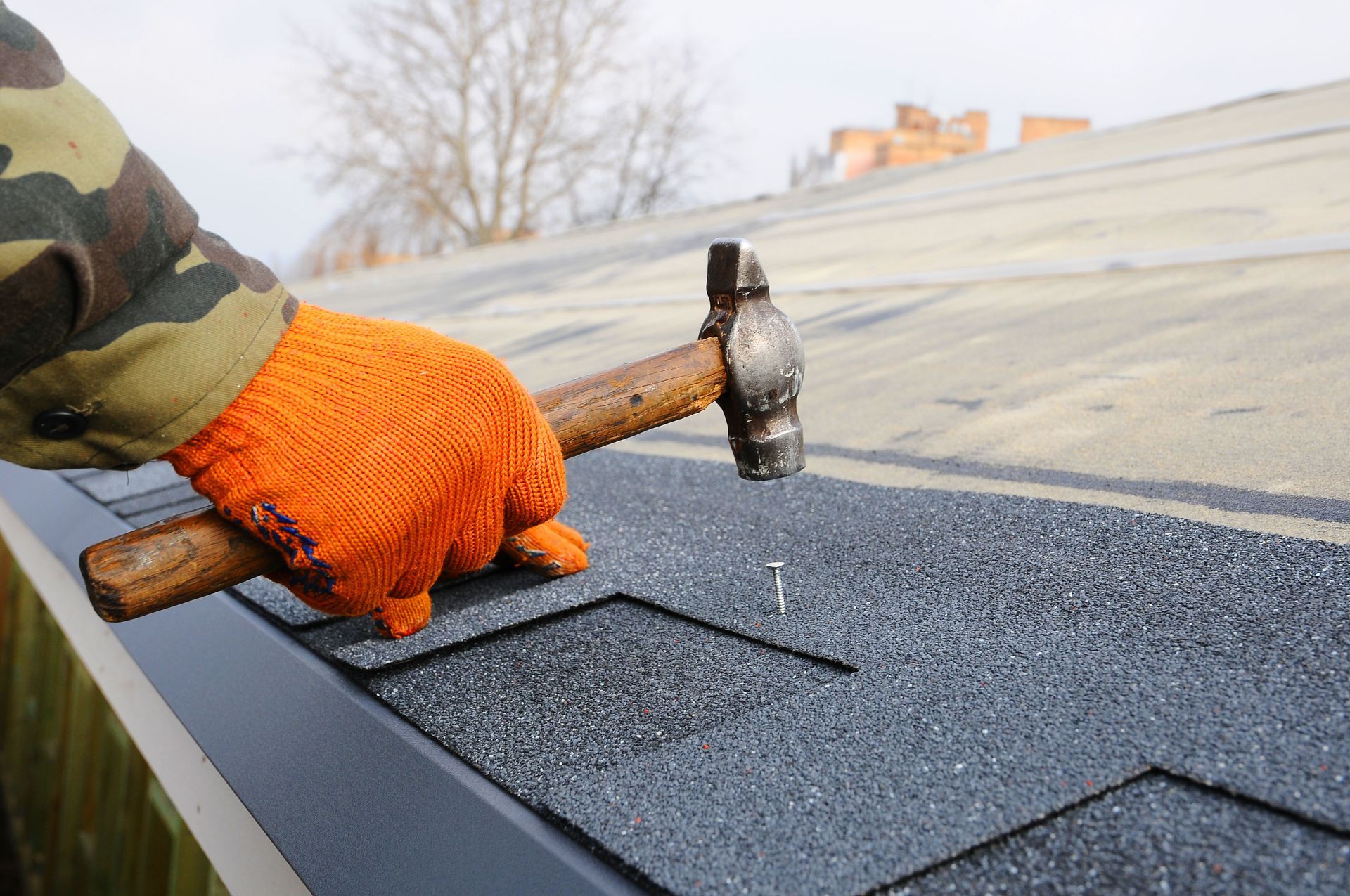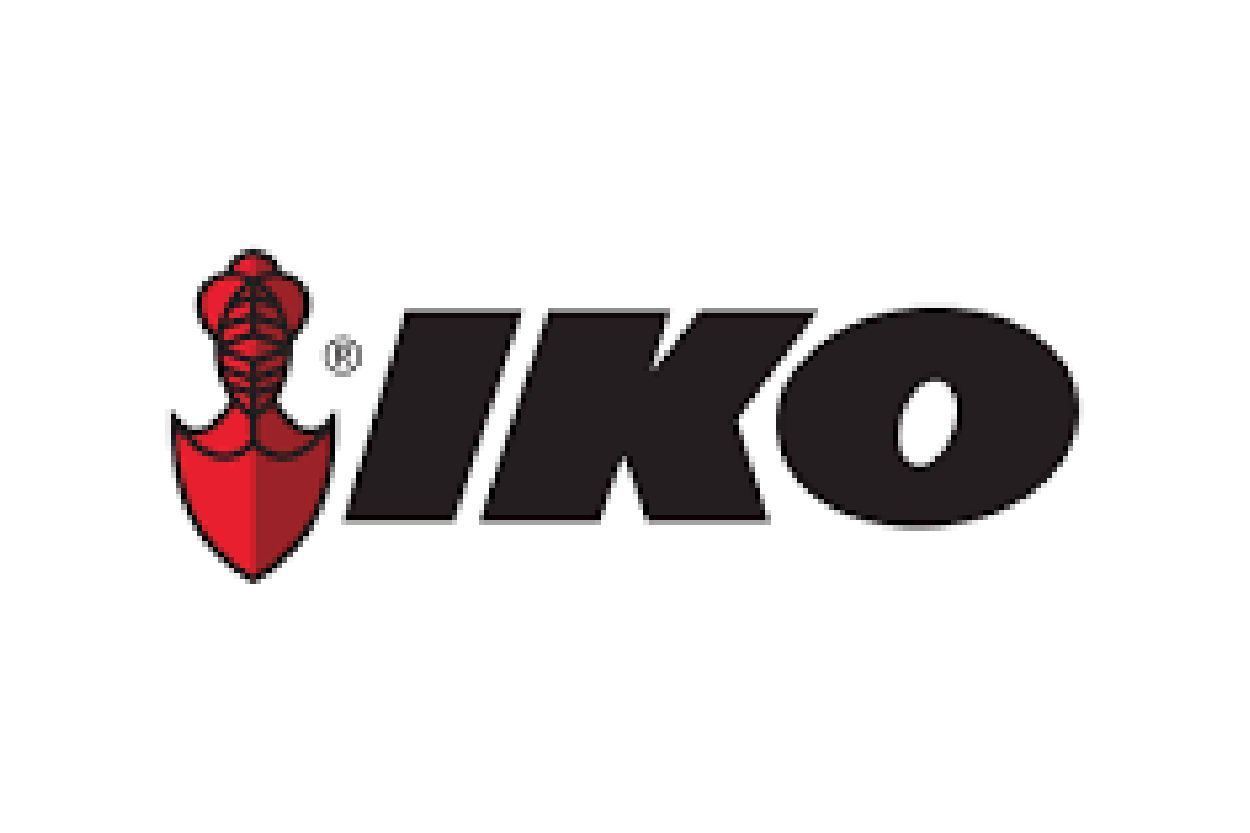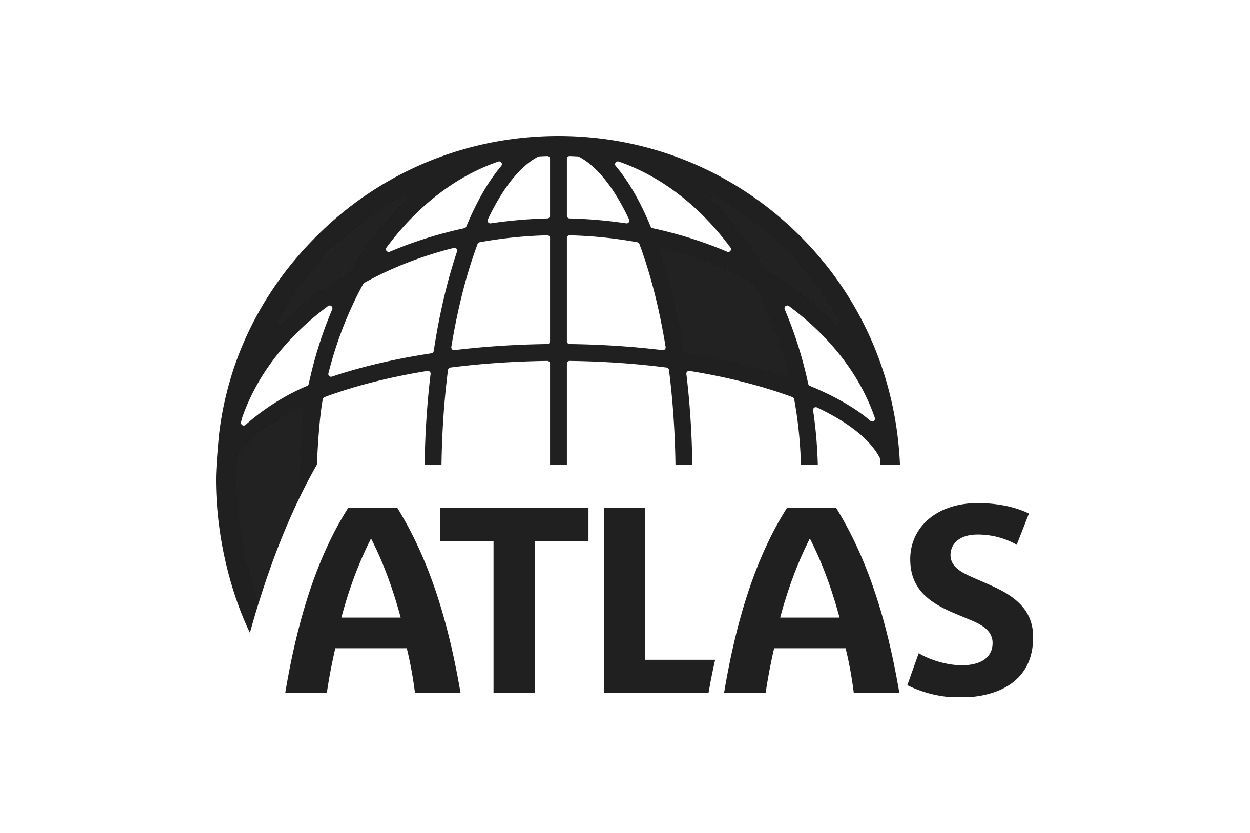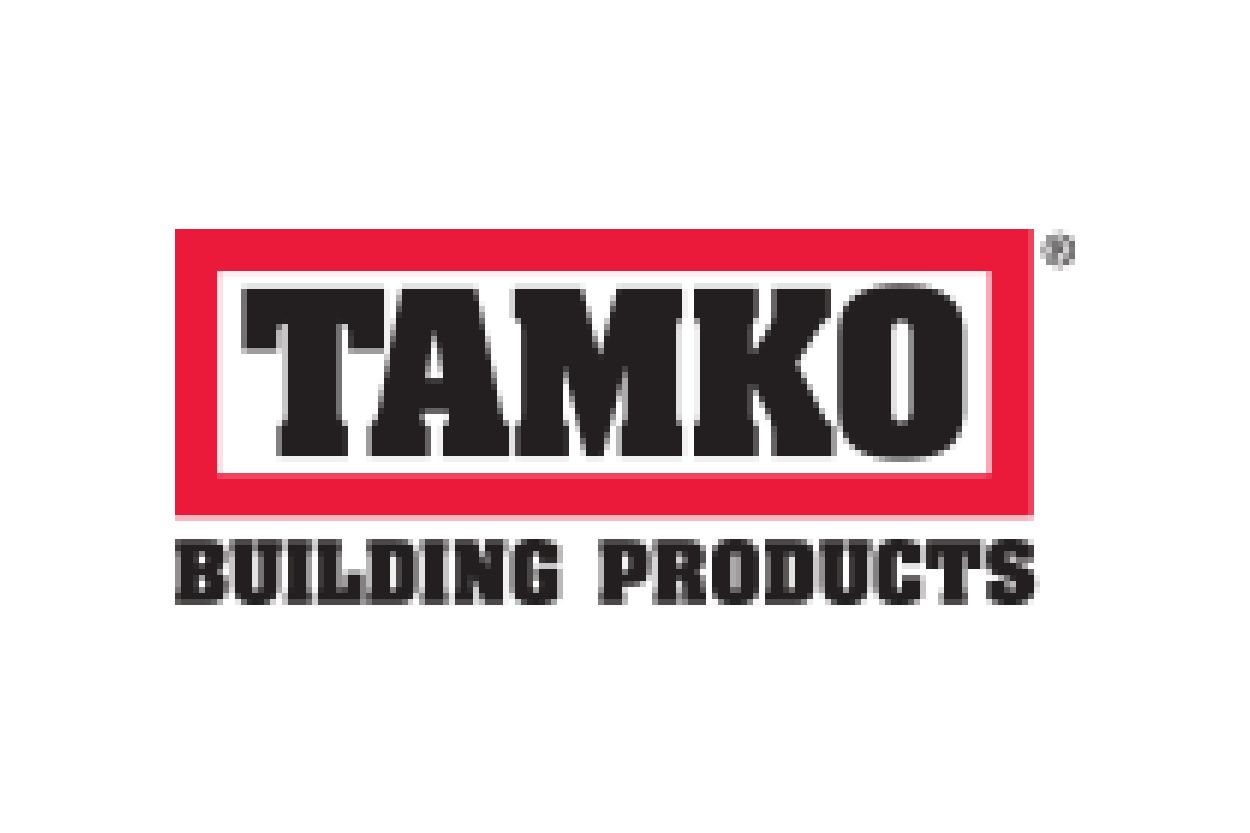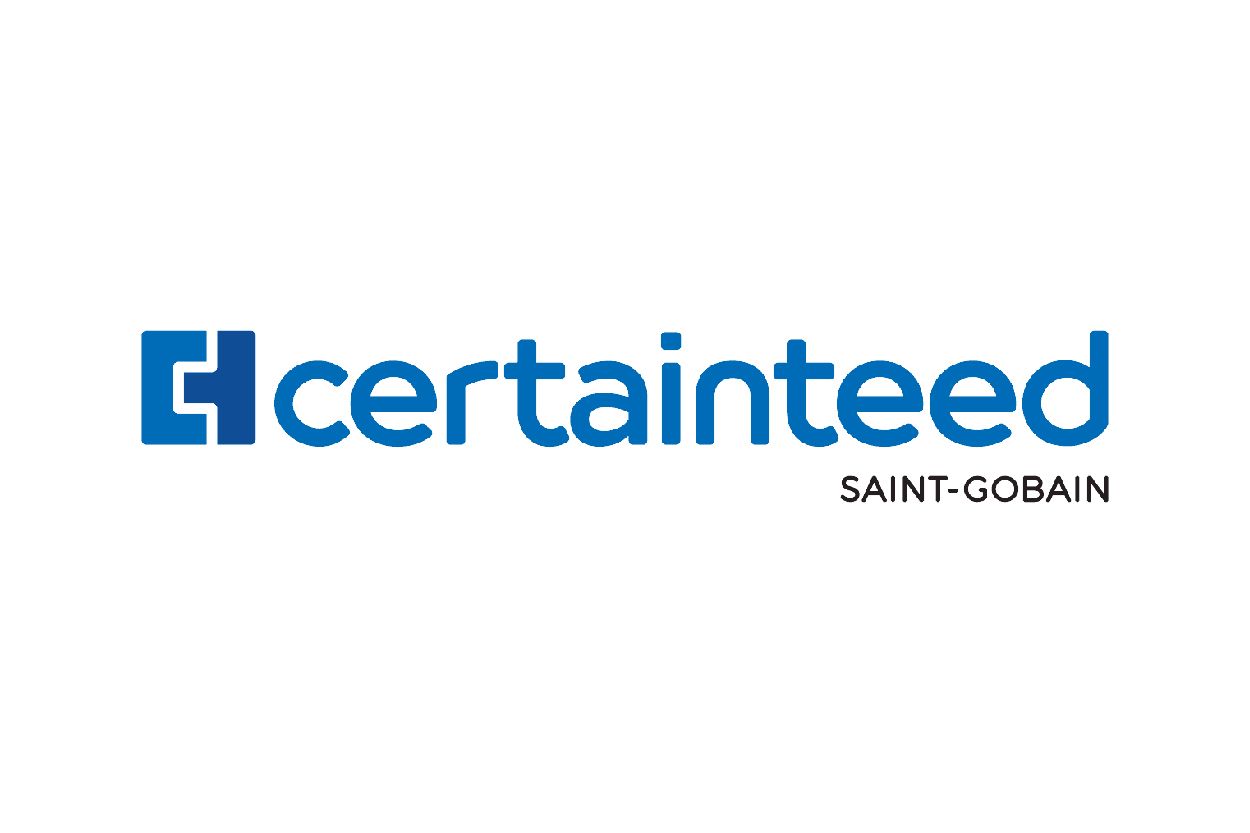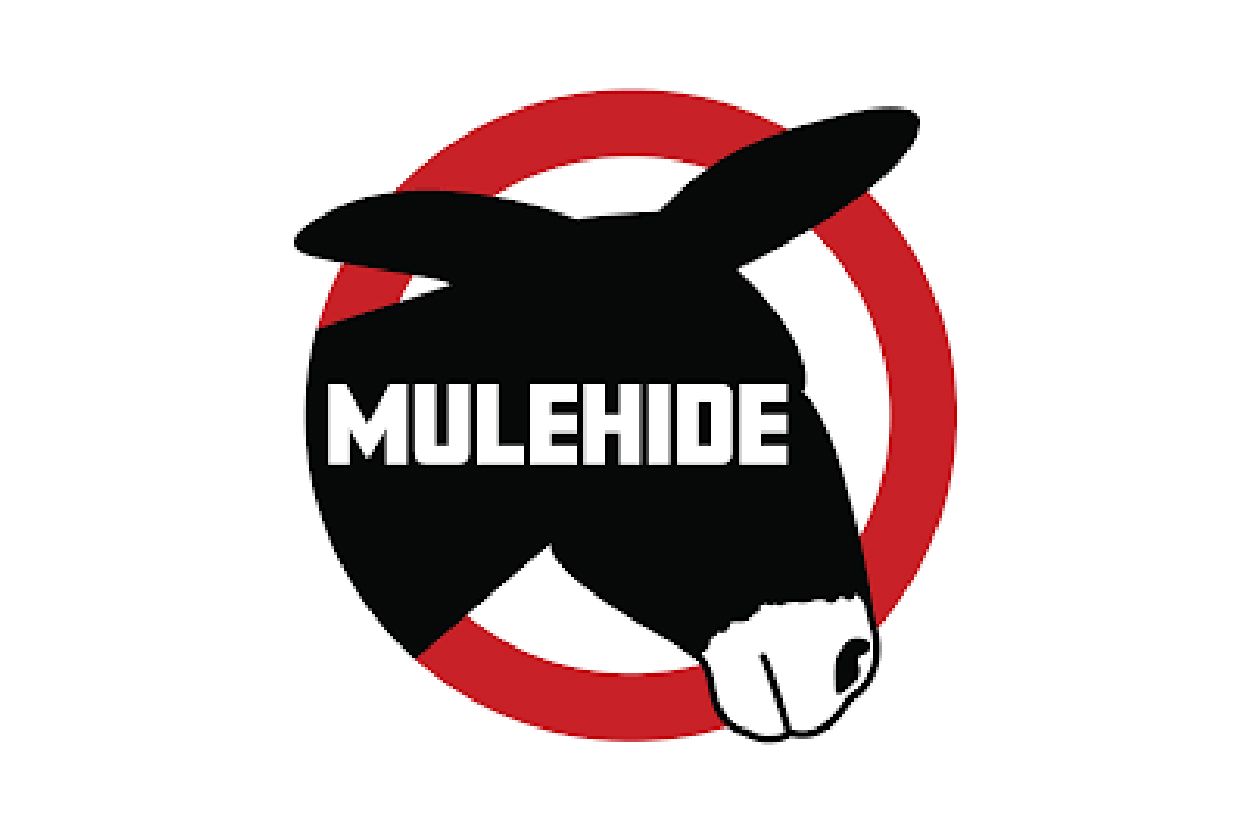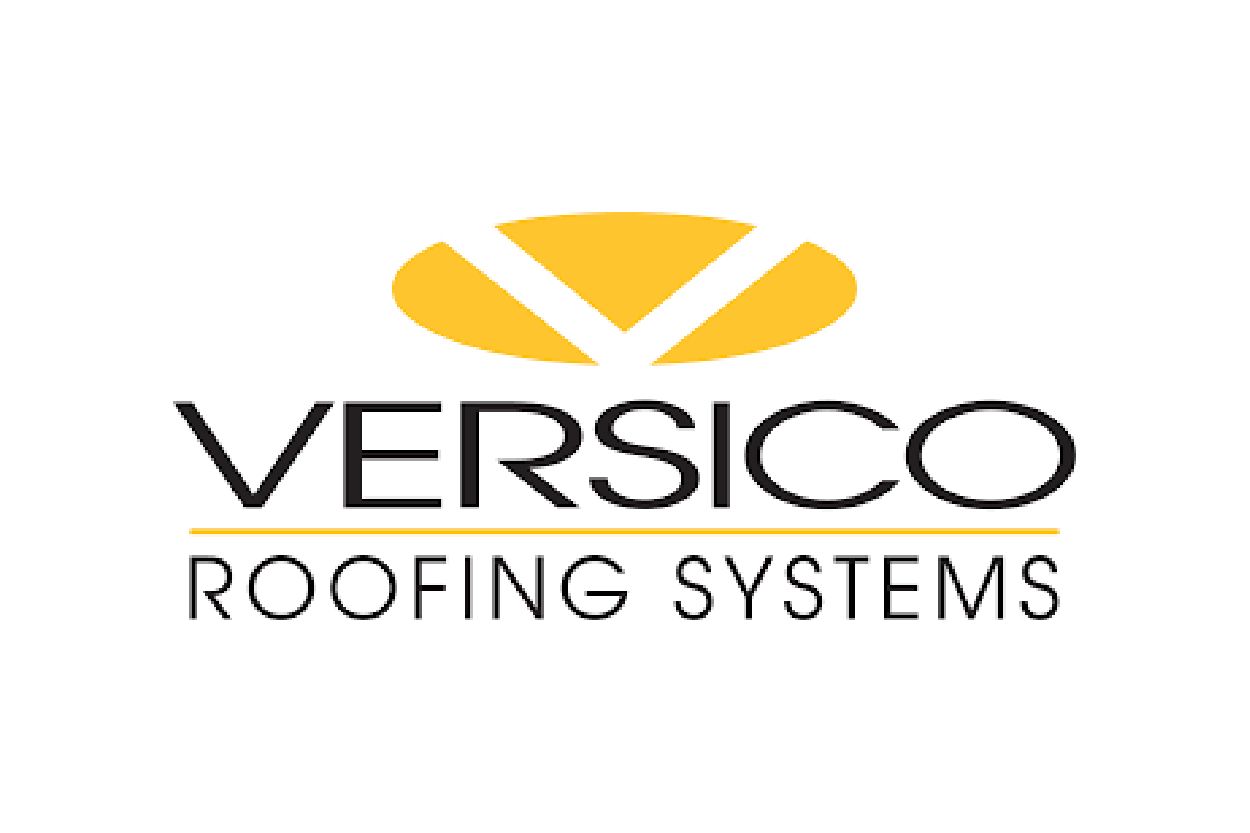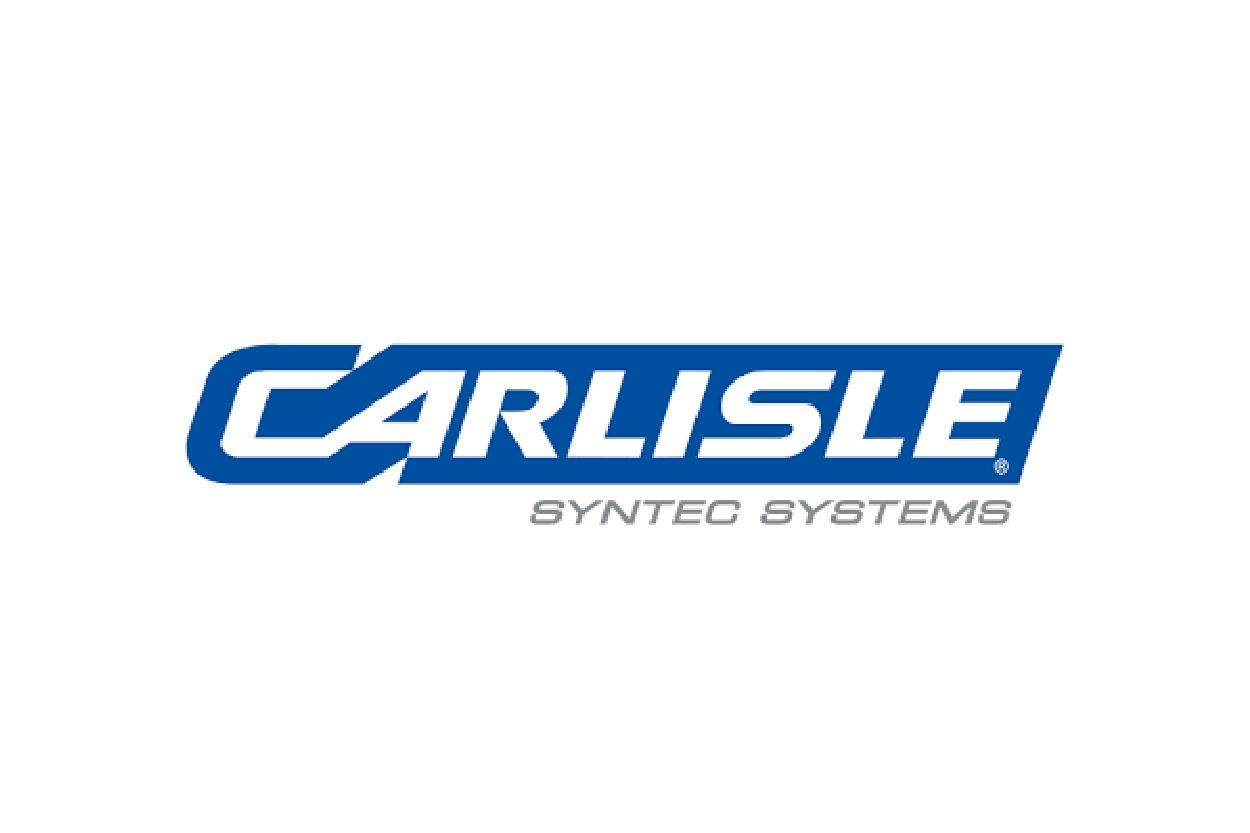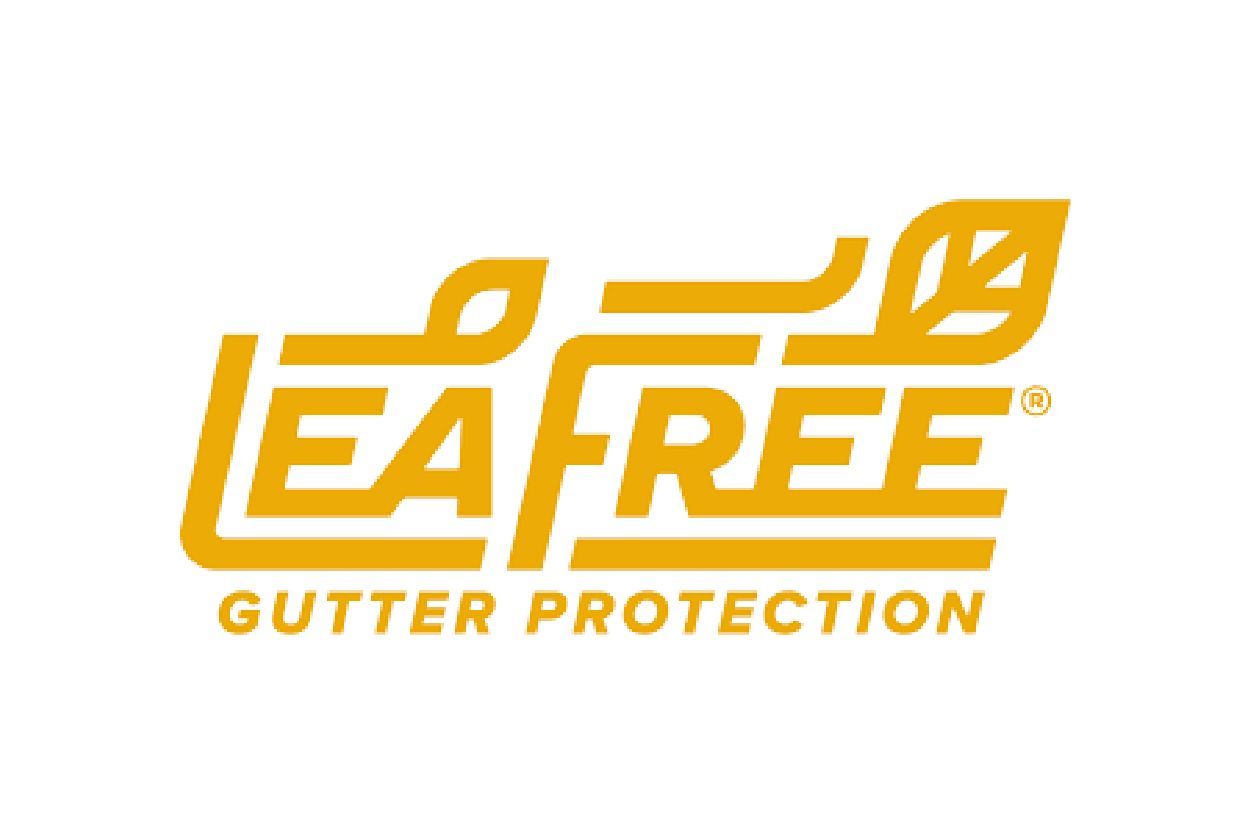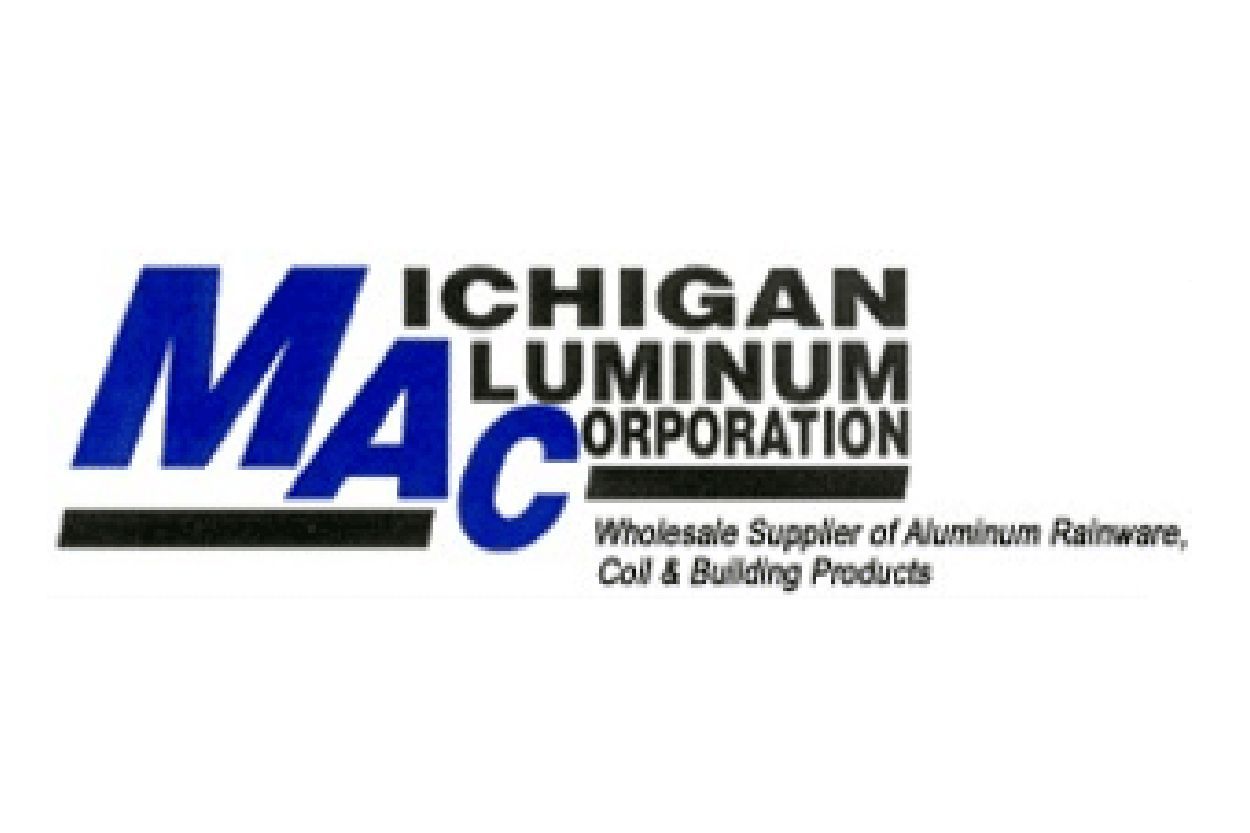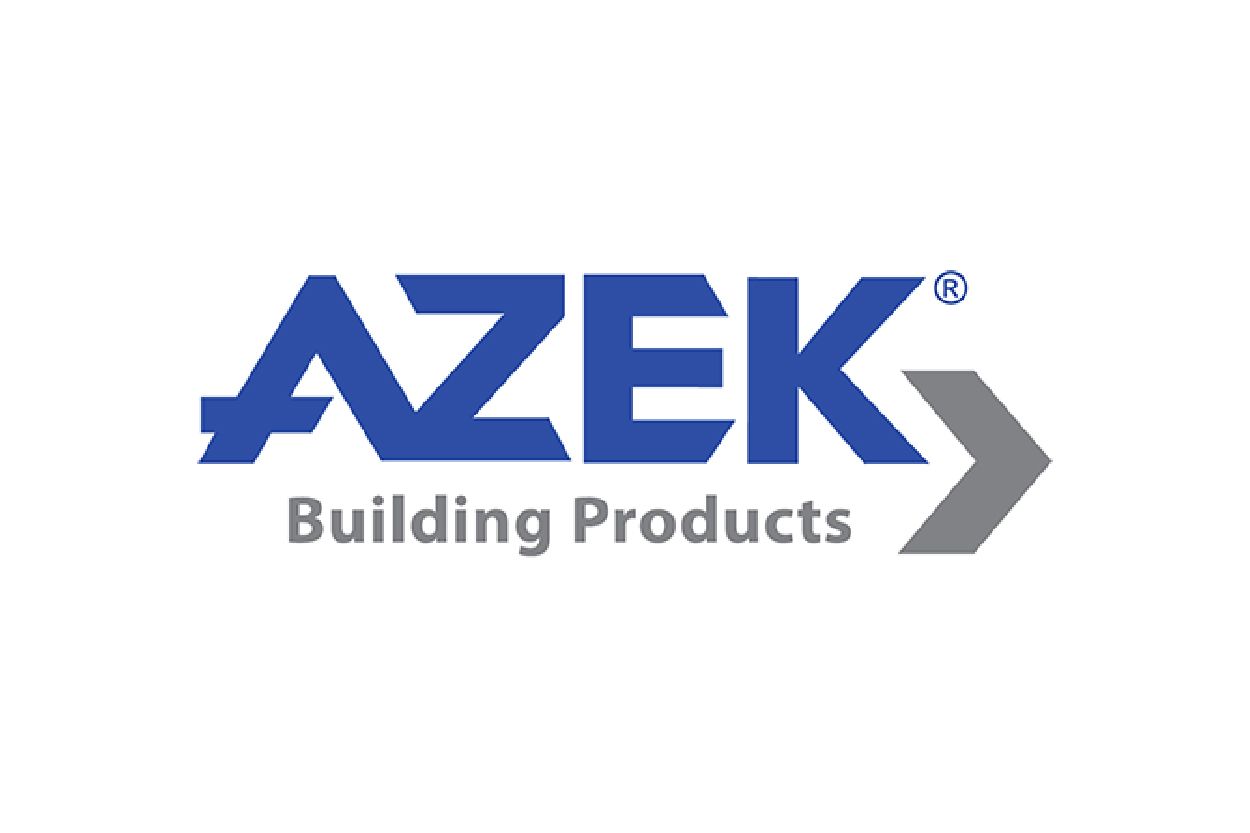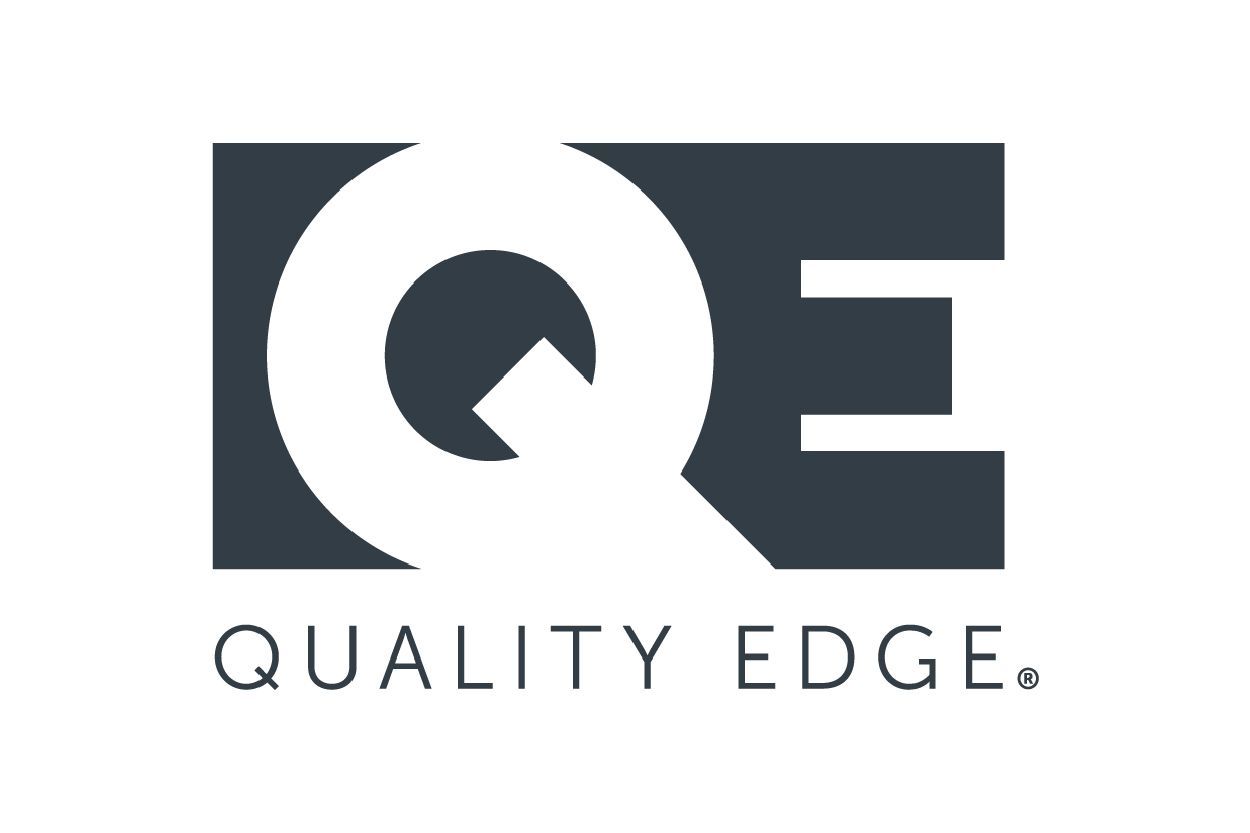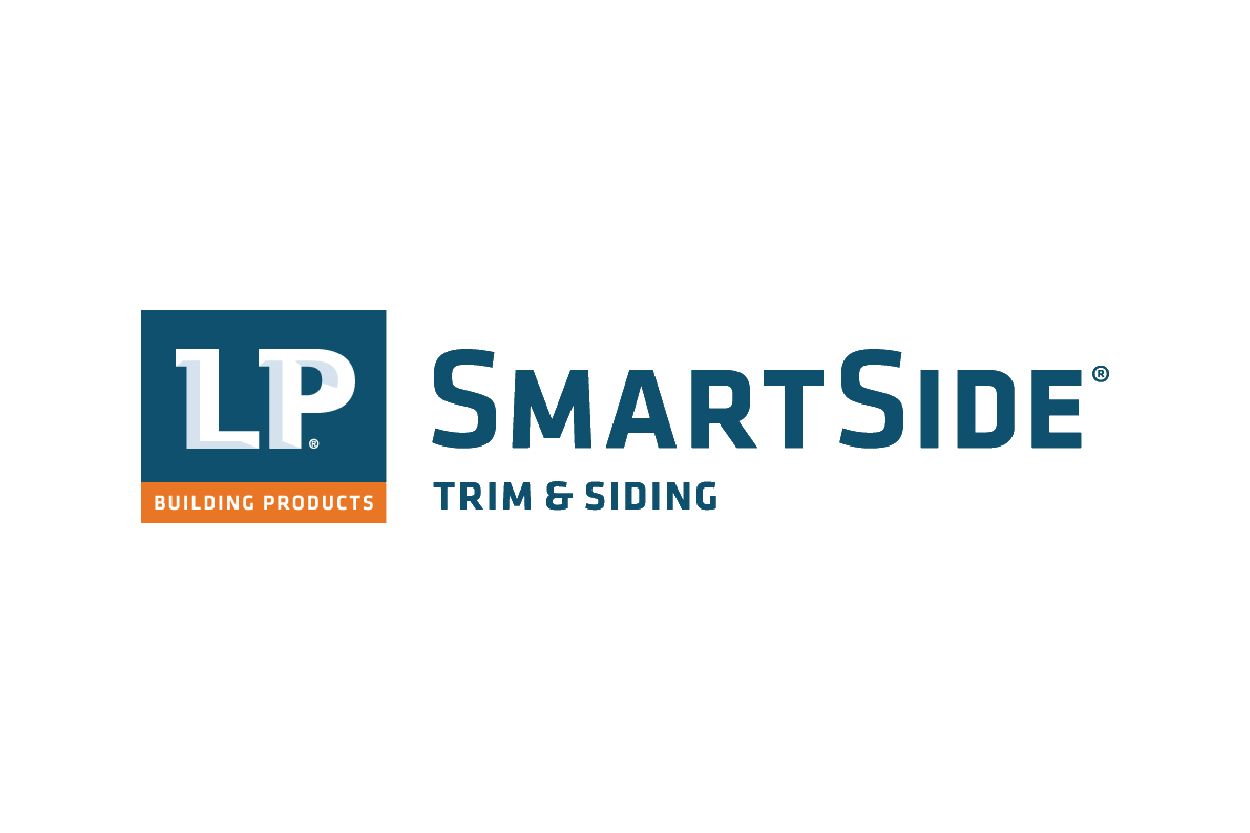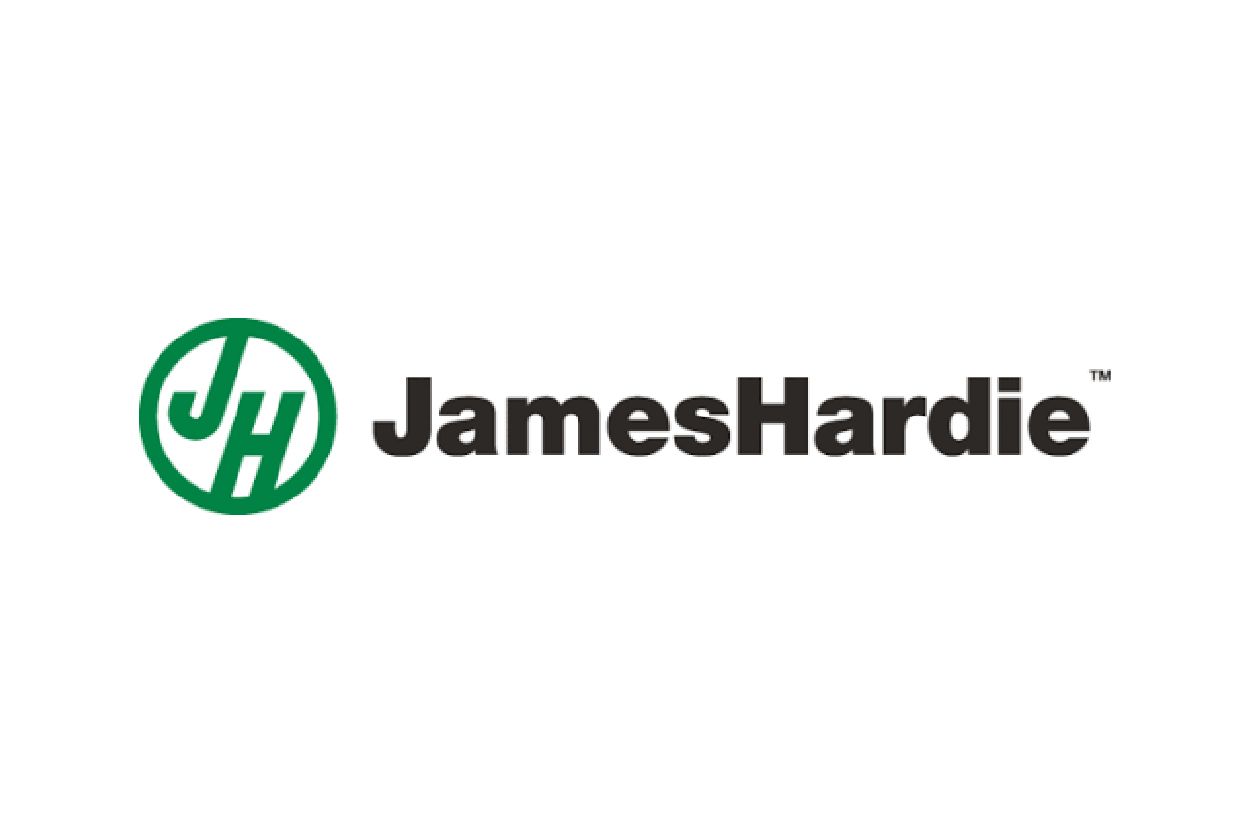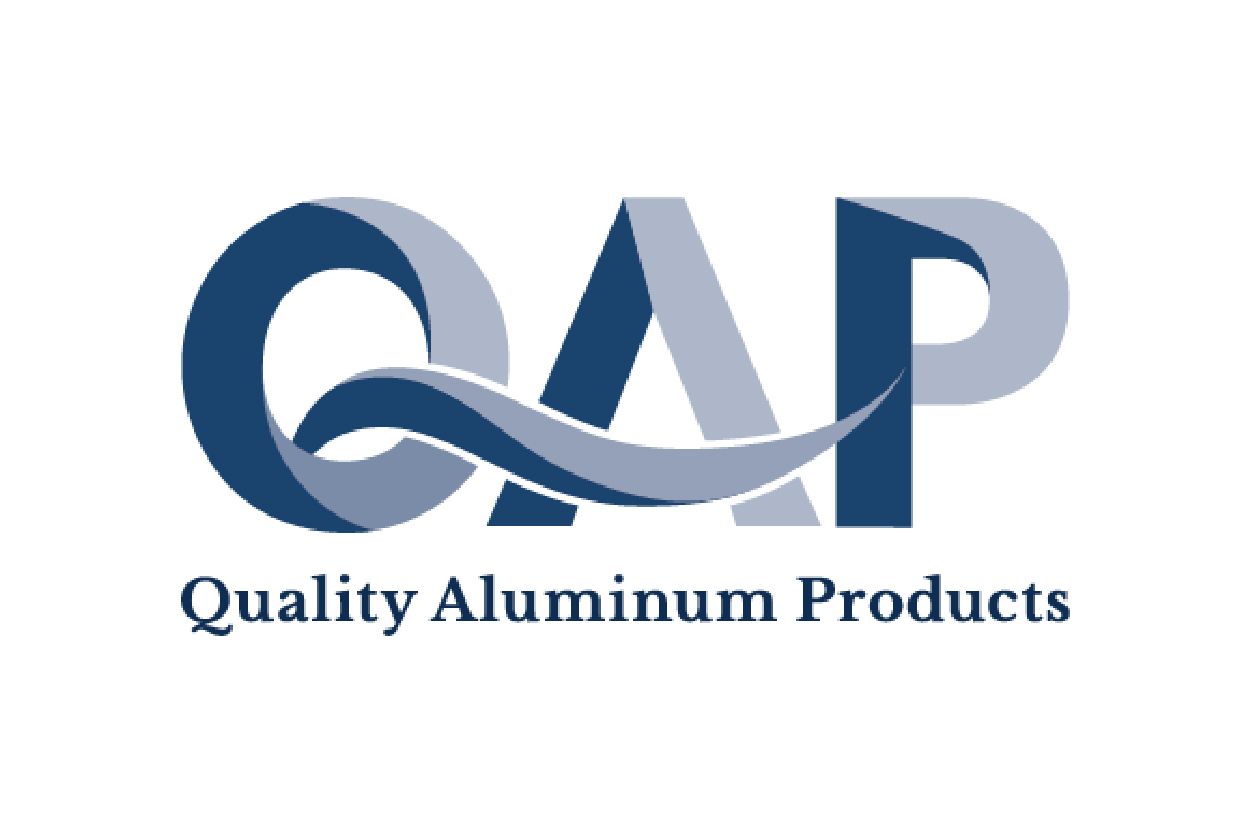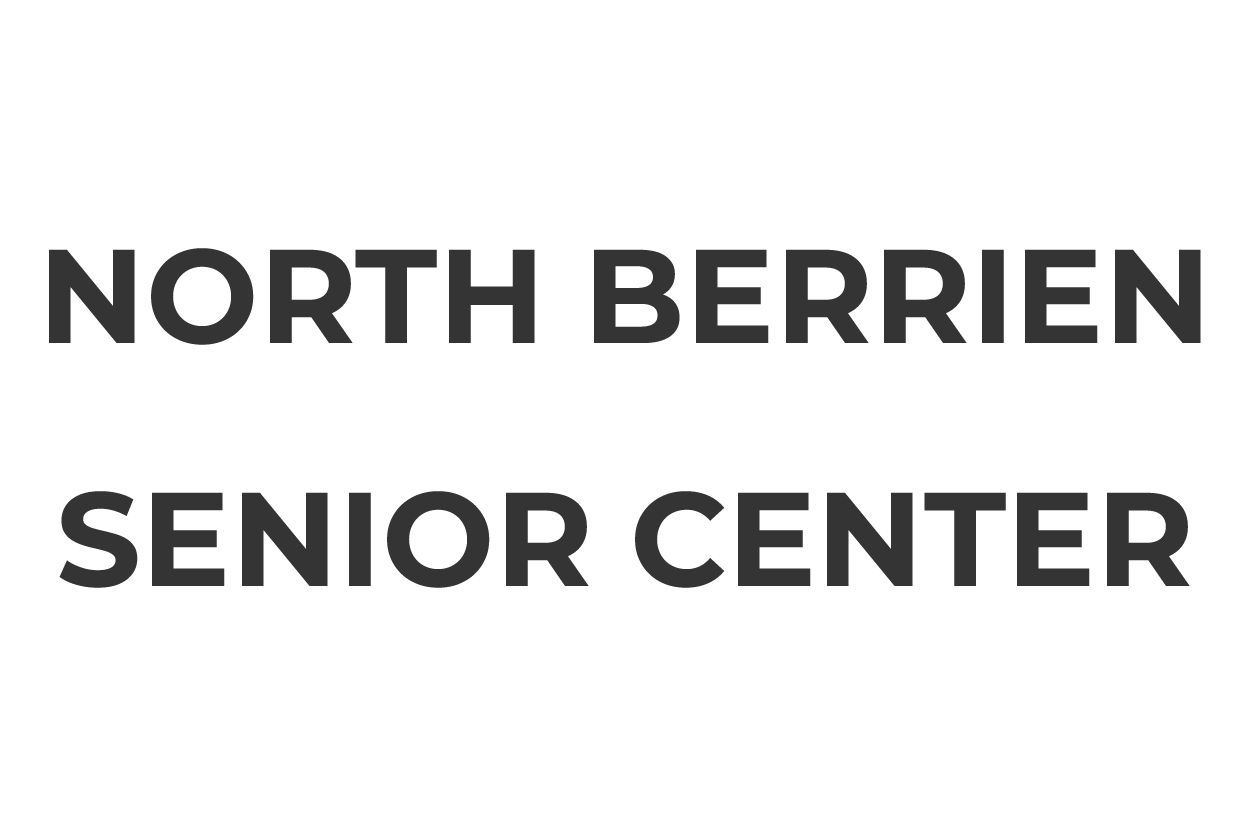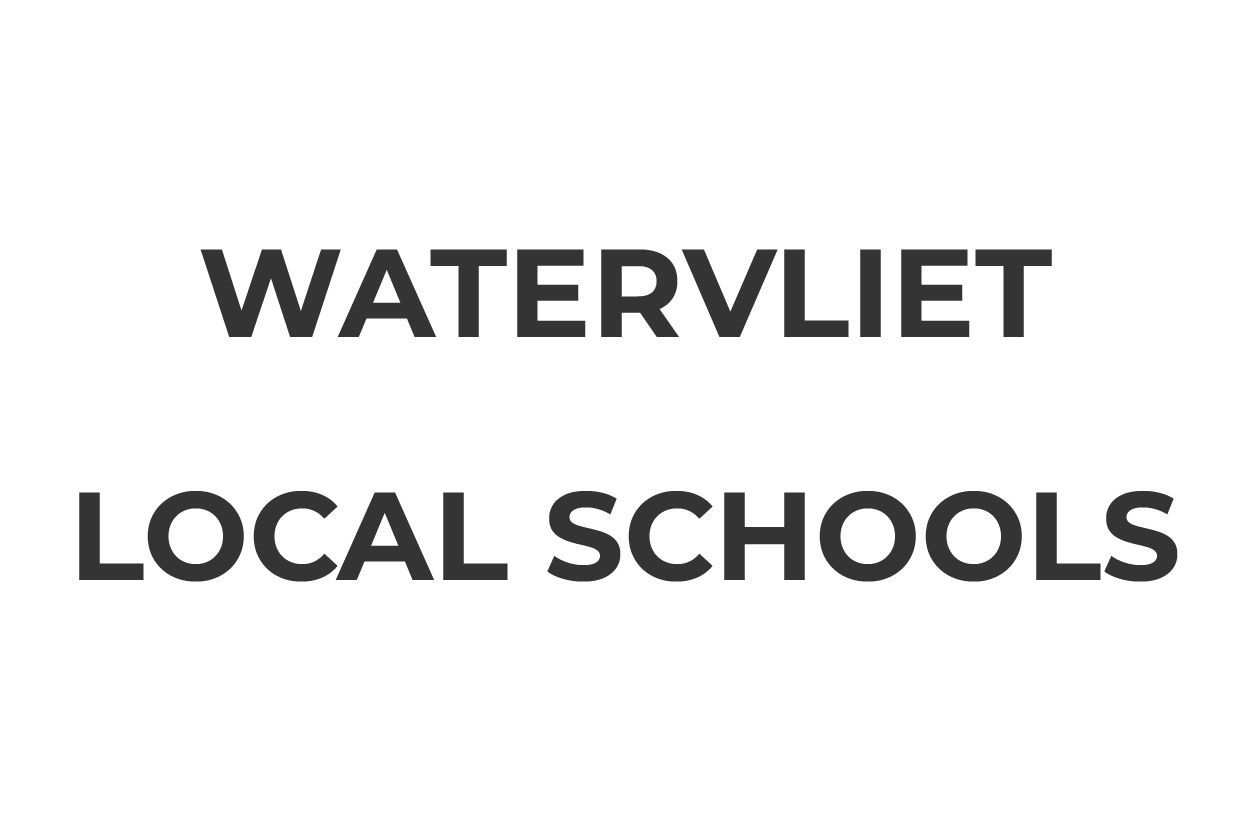August 20, 2025
Choosing high-quality commercial roofing products is essential for ensuring durability, sustainability, and value. The right materials protect infrastructure, reduce maintenance costs, and deliver long-term performance. By evaluating product features, installation quality, environmental factors, and cost considerations, businesses and contractors can make confident choices. This guide outlines key characteristics to help stakeholders make decisions that align with both project goals and sustainability objectives.
Understanding Material Longevity
Manufacturer Guarantees
Manufacturer warranties, often spanning 15–30 years, reflect confidence in product quality. Strong warranties cover defects and provide post-installation support, signaling reliability and a commitment to customer satisfaction. A comprehensive warranty also suggests that the manufacturer uses superior materials and processes. Reviewing terms and conditions helps clarify coverage, exclusions, and maintenance requirements. Extended warranties can be particularly valuable for large-scale commercial roofing projects where replacement costs are significant.
Weather Resistance
High-quality roofing materials withstand heavy rain, snow, intense heat, and strong winds. Superior weather resistance prevents water damage, structural decay, and energy inefficiencies. As climate change drives more severe weather events, choosing materials tested for resilience is increasingly important for safeguarding investments. Many top-performing commercial roofing products undergo rigorous wind uplift, hail impact, and water penetration testing before market release.
UV Radiation Protection
UV inhibitors prevent fading, cracking, and premature deterioration, extending both the functional and aesthetic life of a roof. This feature is particularly valuable in high-sunlight regions, where prolonged exposure can degrade unprotected materials quickly. Over time, UV protection can also preserve the roof’s reflective properties, maintaining energy efficiency benefits.
Historical Performance Data
Reviewing deterioration rates, repair frequency, and customer satisfaction provides insight into how materials perform over time. Market data shows a growing preference for products with proven durability, signaling that businesses increasingly prioritize long-term performance over short-term savings. According to Grandview Research, the U.S. residential and commercial roofing materials market was estimated at USD 15.72 billion in 2023 and is expected to grow 4.5% from 2024 to 2030. Historical data from similar climate zones is especially useful for predicting outcomes in your specific location.
Material Degradation Rates
Comparing degradation rates across materials helps identify those that offer lower maintenance needs and longer service life. Factors such as moisture exposure, freeze-thaw cycles, and chemical resistance should be considered when making these evaluations. Some manufacturers provide lab test results showing expected performance after decades of simulated exposure.
Evaluating Energy Efficiency
Reflective Surfaces
Reflective roofing reduces heat absorption, lowering cooling costs and improving indoor comfort—especially in urban heat islands. Some products incorporate reflective coatings specifically engineered to maintain reflectivity over time, resisting dirt accumulation and weathering that can reduce performance.
Insulation Properties
Materials with strong insulation reduce heating and cooling demands, saving energy and supporting sustainable building practices. Insulation performance should be evaluated based on both R-value and resistance to moisture intrusion. High-performing insulation can also help stabilize interior temperatures, improving occupant comfort and reducing strain on HVAC systems.
Thermal Emission Ratings
High thermal emissivity helps disperse heat quickly, keeping roof surfaces cooler and prolonging material life. This can also reduce stress on HVAC systems, lowering maintenance and operational costs over time.
Energy Star Certification
Energy Star-certified products meet strict performance standards set by the U.S. Environmental Protection Agency. Choosing certified roofing not only supports energy efficiency but can also qualify a business for rebates and incentives. These certifications are updated periodically, so verifying the most recent compliance is important.
Cooling Cost Reductions
Energy-efficient materials reduce strain on cooling systems, saving money and lessening environmental impact. When evaluating options, businesses should consider projected energy savings over the lifespan of the roof and factor in potential seasonal variations.
Quality of Roof Installation Process
Skilled Installers
Even the best materials can underperform without expert installation. Skilled contractors understand the nuances of handling specific products and can identify and address potential challenges before they escalate. Reviewing portfolios, client references, and professional accreditations can help verify installer competence, particularly for
commercial roofing applications.
Proper Installation Techniques
Adherence to manufacturer guidelines and industry best practices ensures materials perform to their full potential. This includes correct fastening patterns, sealant application, and flashing integration. Cutting corners in these areas can void warranties and shorten the roof’s lifespan.
Installation Timing
Weather conditions affect installation quality. Planning work during favorable conditions supports better adhesion and curing, minimizing the risk of premature wear. Flexibility in scheduling can also be crucial for avoiding weather-related setbacks.
Contractor Warranties
Workmanship warranties complement manufacturer guarantees and add a layer of protection. They demonstrate the contractor’s confidence in their work and offer peace of mind for clients. Multi-year workmanship warranties are especially beneficial for complex commercial roofing installations.
Post-Installation Inspections
Final inspections confirm that the installation meets quality standards. They also provide an opportunity to address small issues before they become costly problems. Many contractors offer scheduled follow-up inspections during the first year as part of their service package.
Environmental Impact Considerations
Recyclability
Materials that can be recycled at the end of their life reduce landfill waste and promote a circular economy. This factor is increasingly important in meeting corporate sustainability targets and achieving green building certifications.
Sourcing of Raw Materials
Choosing products from suppliers with responsible sourcing practices helps reduce deforestation, protect ecosystems, and limit carbon emissions. Some manufacturers publish detailed sustainability reports outlining their sourcing and manufacturing practices.
Eco-Friendly Certifications
Certifications such as LEED validate that products meet environmental and energy performance standards. They can also contribute to achieving green building certifications for the entire project, which may improve property marketability.
Carbon Footprint
Considering the full lifecycle carbon footprint of a product—from production to disposal—ensures alignment with environmental goals. Products with lower embodied carbon can significantly reduce a building's overall environmental impact.
Water Runoff Management
Proper runoff design prevents flooding and erosion. Advanced systems may incorporate rainwater harvesting or green roof technology, adding both functionality and environmental benefits. Well-designed drainage also reduces strain on municipal stormwater systems.
Evaluating Cost Versus Value
Initial Investment
Premium materials may carry higher upfront costs but often result in lower lifetime expenses. Investing in quality reduces the likelihood of premature failure and replacement costs, particularly in large-scale commercial roofing projects.
Total Cost of Ownership (TCO)
TCO analysis includes material, installation, maintenance, and operational costs. A slightly higher purchase price can be offset by savings in other areas over time.
Long-Term Maintenance Costs
Durable roofs require fewer repairs, reducing both cost and disruption to operations. Maintenance requirements should be factored into budgeting from the outset.
Tax Incentives
Energy-efficient systems may qualify for tax credits and rebates, lowering the effective cost of installation. These incentives vary by region and project type.
Return on Investment (ROI)
ROI calculations should include direct savings, extended roof life, and increased property value. High-quality systems tend to improve resale and leasing potential, making them an investment in both function and marketability.
Identifying high-quality commercial roofing products requires more than just comparing prices. Longevity, energy efficiency, installation quality, environmental responsibility, and third-party validation all play a role. By weighing these factors carefully, stakeholders can choose solutions that deliver value, reduce operational costs, and meet sustainability goals. In a competitive and evolving market, prioritizing quality roofing products is a smart, long-term investment for any commercial property. Looking for new roofing for your property? Contact Future Construction today to learn more about commercial roofing.
